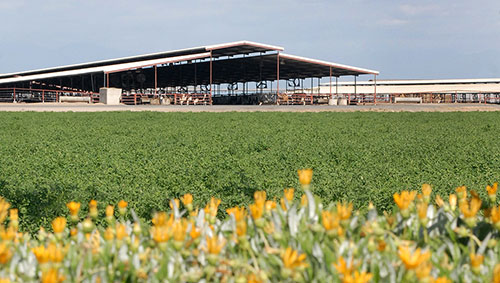
In the just-begun, but already passionate, debate about what a California federal milk marketing order (FMMO) should look like, opinions by dairy producer and processor groups differ wildly.
And according to a 46-page preliminary analysis by the U.S. Department of Agriculture (USDA), the amount of additional producer revenue that each side's plan would generate differ just as wildly.
The analysis (available on the internet at www.ams.usda.gov/sites/default/files/media/Preliminary%20Impact%20Analysis%20-%20Final.pdf) estimates that the plan submitted by California's three largest dairy cooperatives would generate an average of $700 million additional revenue per year from 2017 to 2024, or $1.03 per hundredweight on a blend price basis.
By comparison, it estimates $70 million extra income per year under the processor plan, or about 10 cents per hundredweight on a blend price basis.
USDA says additional revenue under the producer plan would be lowest the first two years ($590 million), but gradually increase to $850 million in 2024.
Effects from the processor plan would be exactly the opposite: additional revenue would be highest the first year ($150 million), then decline to between $50 million and $20 million per year from 2020 to 2024.
Both estimates are somewhat diluted by 540 million pounds of additional milk production that USDA says would result from an FMMO's higher pay prices - a premise that Rob Vandenheuvel, general manager of Milk Producers Council in Ontario, Calif., strongly rejects.
Instead, he thinks no growth at all is more likely, for reasons that include supply management controls which have been used by the three co-ops in the past, California's growth-stifling environmental and business regulations, competition for cropland with other farmers that dairies are losing, and water supply uncertainty for growing forages.
"This is a new California reality; one that cannot be measured under the same metrics economists have historically used," says Vandenheuvel. "We are not living in the 'long-term historical' California, but rather in the 2015 and beyond California."








